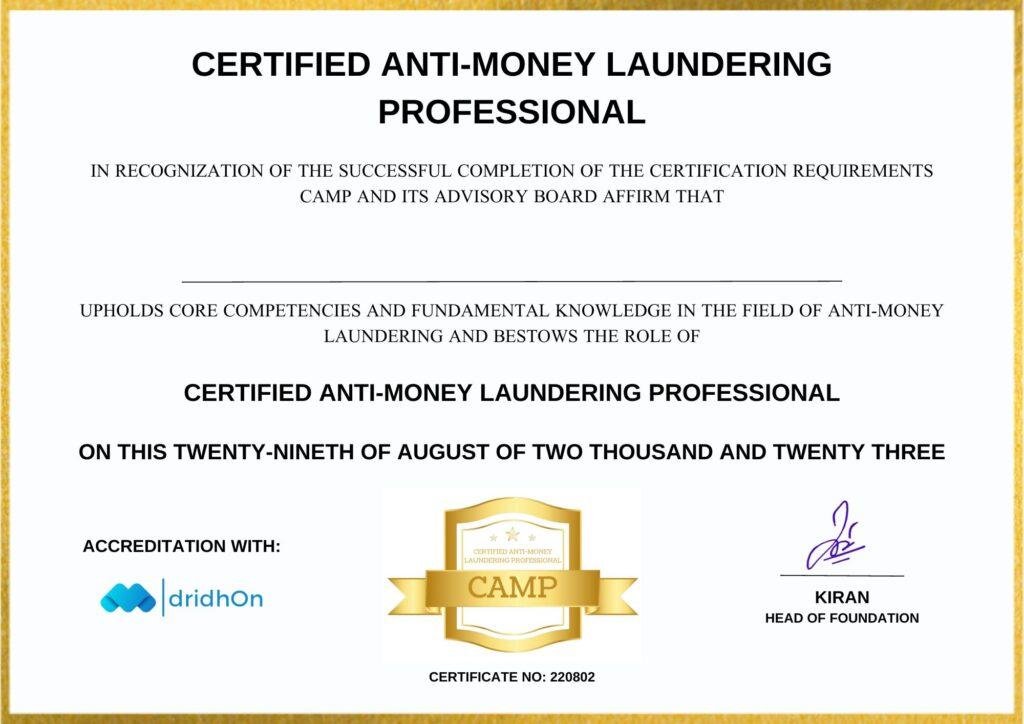Data Science Interview Questions Data Science Interview Questions 1. What...
Read MoreAML KYC Overview
AML course and KYC are two terms that are often used in the context of financial regulations and compliance, but they refer to different aspects of the same process. Let's break down what each term means:
AML (Anti-Money Laundering):
AML Course refers to the set of policies, procedures, and regulations designed to prevent criminals from disguising illegally obtained funds as legitimate income. Money laundering course is the process of making illegally obtained assets (such as proceeds from criminal activities like drug trafficking, fraud, or corruption) appear legal and clean. The goal of AML measures is to detect and deter money laundering Course activities, thereby protecting the integrity of the financial system and preventing the funding of criminal activities.
Key components of AML include:
Customer Due Diligence (CDD): Conducting thorough checks on customers to verify their identity, assess their risk level, and understand the nature of their transactions.
Transaction Monitoring: Regularly monitoring financial transactions to identify suspicious patterns or activities that may indicate potential money laundering.
Suspicious Activity Reporting (SAR): Reporting any suspicious activities to relevant authorities for further investigation.
KYC (Know Your Customer):
KYC refers to the process of verifying the identity of customers and understanding their background and financial activities. The main objective of KYC is to assess and verify the identity of customers to ensure they are who they claim to be. By doing so, financial institutions can better understand their customers, assess potential risks, and comply with regulatory requirements.
Key elements of KYC include:
Customer Identification Program (CIP): Establishing procedures to verify the identity of customers at the time of account opening.
Ongoing Monitoring: Continuously reviewing customer information and transactions to detect any changes or suspicious activities.
Risk Assessment: Evaluating the risk associated with each customer based on factors such as their source of income, country of residence, and business activities.
In summary, AML Course focuses on preventing money laundering by detecting and reporting suspicious financial activities, while KYC is about verifying and understanding the identity of customers to ensure compliance with regulations and mitigate potential risks. These two processes work together to maintain the integrity and security of the financial system.
Top 30 DevOps Interview Questions & Answers (2022 Update)
Top 30 DevOps Interview Questions & Answers (2022 Update) Top...
Read MoreAnti Money Laundering Interview Questions
Anti Money Laundering Interview Questions Anti Money Laundering Interview Questions...
Read More






